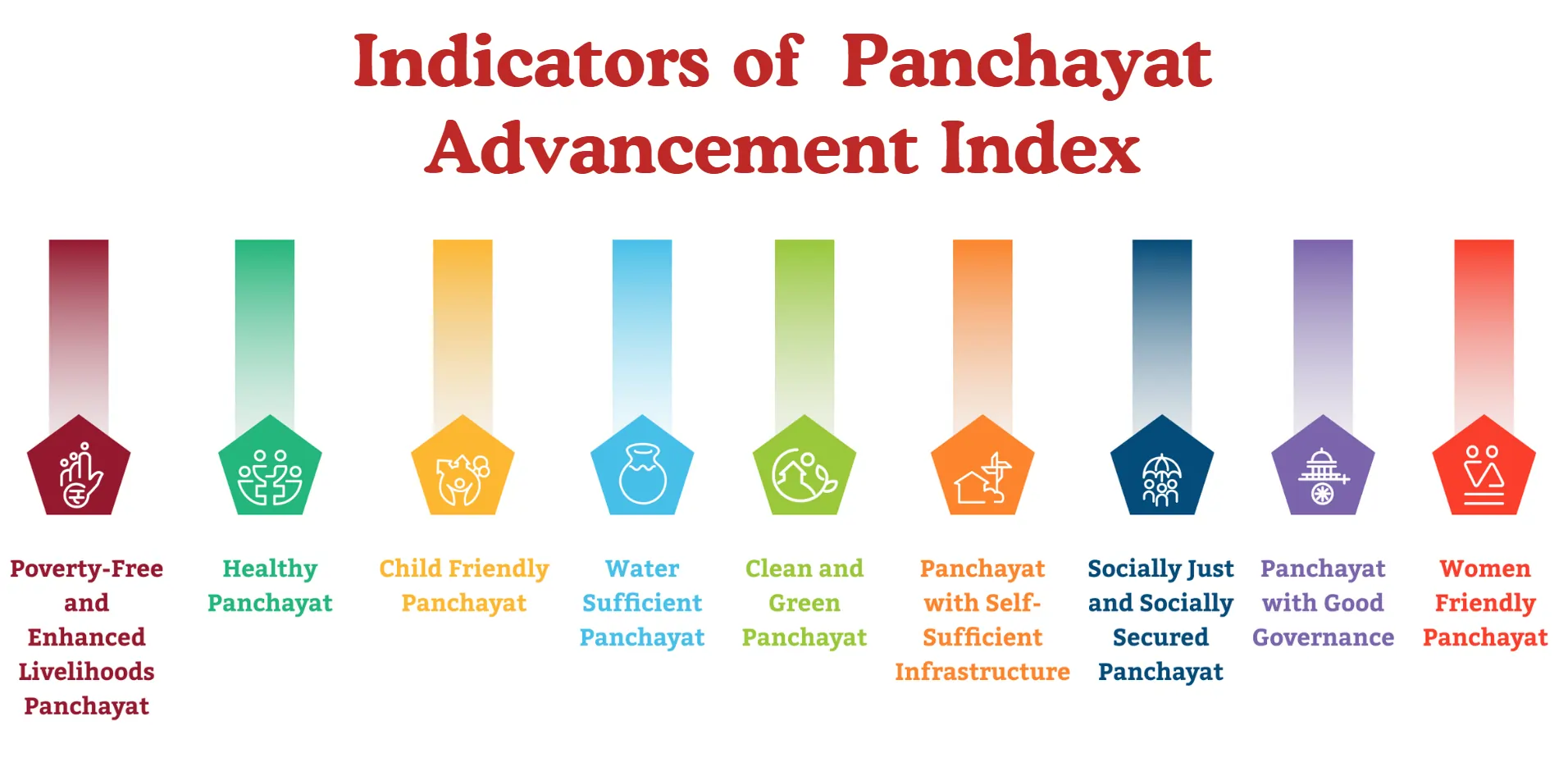- Courses
- GS Full Course 1 Year
- GS Full Course 2 Year
- GS Full Course 3 Year
- GS Full Course Till Selection
- Online Program
- GS Recorded Course
- NCERT (Recorded 500+ Hours)
- Polity Recorded Course
- Geography Recorded Course
- Economy Recorded Course
- AMAC Recorded Course
- Modern India, Post Independence & World History
- Environment Recoded Course
- Governance Recoded Course
- Science & Tech. Recoded Course
- International Relations and Internal Security Recorded Course
- Disaster Management Module Course
- Ethics Recoded Course
- Essay Recoded Course
- Current Affairs Recoded Course
- CSAT
- 5 LAYERED ARJUNA Mentorship
- Public Administration Optional
- ABOUT US
- OUR TOPPERS
- TEST SERIES
- FREE STUDY MATERIAL
- VIDEOS
- CONTACT US
Nobel Prize in Physiology or Medicine and C. elegans
Nobel Prize in Physiology or Medicine and C. elegans
28-11-2024
- In October 2024, the Nobel Prize for Medicine was awarded to Victor Ambros and Gary Ruvkun for their discovery of microRNA, tiny molecules that play a big role in controlling gene activity.
- This discovery has helped scientists to understand how genes work and how complex organisms, like humans, develop.
- The Nobel Committee recognized Ambros and Ruvkun for finding a key process that regulates gene activity, which has been crucial for the evolution of life over millions of years.
- MicroRNAs are a critical part of gene regulation, shedding light on how cells function in many organisms, including humans.
Why Did Ambros and Ruvkun Study MicroRNA?
- Ambros and Ruvkun were awarded for discovering how genes are controlled.
- Imagine chromosomes, which hold genetic information in DNA, as a large toolbox.
- Every cell in the body has the same toolbox with the same set of tools (or genes).
- But different cells need to use different tools depending on their job.
- For example, a nerve cell might use a tool to send signals, while a muscle cell might use a tool to help with movement.
- This is possible through gene regulation, a process that makes sure only the right set of genes is used in each type of cell.
- Ambros and Ruvkun wanted to understand how this gene regulation works, leading to their discovery of microRNA, which changed how scientists view gene control in complex organisms like humans.
Why is Gene Regulation Important?
- Genes in DNA are copied into a molecule called mRNA, which carries instructions for making proteins.
- These proteins carry out essential tasks in the body, like helping muscles move or nerves send signals.
- Different cells in the body make different proteins depending on what they need to do.
- Gene regulation controls which genes are turned on or off in each cell, helping it carry out its specific function.
- Problems in gene regulation can lead to serious diseases like cancer, diabetes, or autoimmune disorders.
- Understanding how genes are regulated could help us understand and treat these conditions.
- In the 1960s, scientists discovered that certain proteins, called transcription factors, could control gene activity by binding to specific parts of DNA.
- These transcription factors acted like switches, turning genes on or off depending on the needs of the cell.
- However, in 1993, Ambros and Ruvkun made a surprising discovery that added a new layer to gene regulation: microRNA.
- This tiny molecule could also control genes, but in a way no one expected.
How Was MicroRNA Discovered?
- In the late 1980s, Ambros and Ruvkun were studying a tiny roundworm called Caenorhabditis elegans (C. elegans), which is just 1 millimeter long but has many of the same types of cells as larger animals.
- This made it an ideal model for studying how cells and tissues develop.
- The scientists focused on two genes in C. elegans, called lin-4 and lin-14, which control when cells mature.
- They noticed that certain mutant worms had problems with this timing.
- In simple words, certain Mutant worms had issues with the normal timing of when their cells should mature, which helped lead to the discovery of how certain genes (like lin-4) regulate this process.
- Ambros found that lin-4 seemed to stop lin-14 from working, but the exact mechanism was unclear.
- Ambros discovered that lin-4 produced a tiny RNA molecule that didn’t make proteins like most genes, but instead blocked lin-14 from working.
- Meanwhile, Ruvkun found that lin-4 was not stopping the production of lin-14’s mRNA, but rather preventing it from making the protein.
- As they compared their findings, they realized that the small RNA from lin-4 could bind to a part of lin-14’s mRNA, shutting down its protein production.
- This was a completely new way of controlling genes, using tiny RNA molecules that were later named microRNAs.
- At first, this discovery was not widely recognized, as scientists believed it was unique to C. elegans.
- But in 2000, Ruvkun's team discovered another microRNA, called let-7, in many species, including humans.
- This opened the door to finding hundreds of other microRNAs, and today we know they play a key role in regulating genes in almost all multicellular organisms, including humans.
Caenorhabditis elegans (C. ELEGANS)Simple microscopic worms, studying which has won scientists four Nobel Prizes so far
Four Nobels
|




